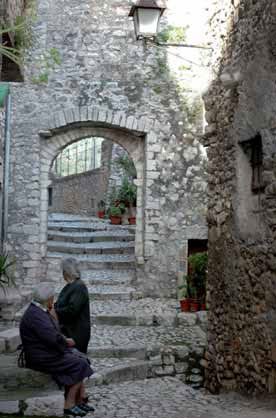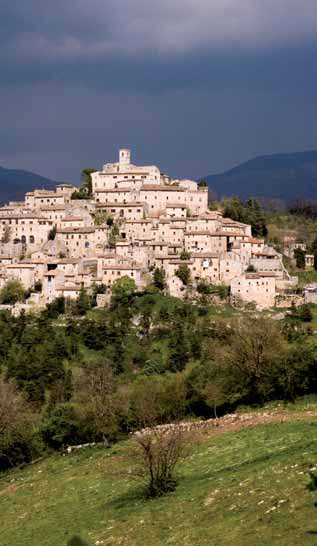 COUNTRY OF ORIGIN
COUNTRY OF ORIGIN• Italy
Albergo Diffuso,developing tourism through innovation and tradition
What problem does it solve?
The innovation originated initially in Carnia in the Italian Region Friuli Venezia Giulia, in 1982 within a technical working group whose aim was to recuperate small centers which were destroyed after the earthquake that devastated the territory in 1976. Successively the model has been engineered by Mr. Giancarlo Dall’Ara and has been recognized for the first time by the Sardegna Region with a specific regional law. At present approximately 35 structures exist in Italy, and many more are about to be launched. BIC Lazio, with the collaboration of Mr.Giancarlo Dall’Ara, clearly defined the model and defined the paths to be undertaken to arrive to their creation and defined a specific set of services to support the entrepreneurs and local administration willing to grasp the potentialities of this innovation.

Initially the Albergo Diffuso was thought to respond to the need of restoring houses set in beautiful historical centres that were not attractive as tourist resources. This innovative model of hospitality was firstly recognized by the Italian Sardegna Region, which provided a first definition within its regional tourist law. Successively other regions have added definitions of Albergo Diffuso providing it the same dignity of other more traditional forms of hospitality, such as bed and breakfasts, hotels, rural farmhouses, chalets.
| Albergo Diffuso | |
| Feeling at home | Feeling in a hotel |
| Courtesy and Kindness | Provision of professional services |
| Authenticity | Efficiency |
| Non-standardized rooms | Easy booking |
| Local and warm furniture | Variety of tariffs, according to the different rooms |
| Attention to the details | Comfort |
| Link with the territory | Wide range of services |
| Contacts with local residents | Contact with other guests |
| Informal environment | Privacy |
The main advantages of the Albergo Diffuso, compared to traditional hotels are:
- It generates a high quality tourist product, expression of local areas and territories without generating negative environmental impacts (nothing new has to be built, existing houses must be restored and networked).
- It helps to develop and network the local tourist supply.
- It increases sustainable tourist development in internal areas, in villages and hamlets and in historical centers, in the off-beaten tracks areas increasing the supply in the tourist market.
- In contributes to stop the abandoning of the historical centres.

In particular, it promotes participation within the local communities since:
- Everyone becomes aware of the advantages in terms of image, social life, economic returns and of preservation of the resources which it can bring
- The public administration can contribute providing the common spaces (typically a non-productive space) and new services which can increase the demand (such as improving the accessibility of the area or restoring new services such as libraries, congress halls, sport facilities etc.)
- The local associations can increase their activities organizing new events and new personal assistance services.
- The owners of the houses start to look at their patrimony in a different manner, with the “tourist” eyes they identify problems and common solutions to solve them.
- The local enterprises in the service sectors, in the agro-food and wine sector, in the handicraft sector will participate because they see the Albergo Diffuso as a means to increase their own turnover, because of the induced increase in the demand.







